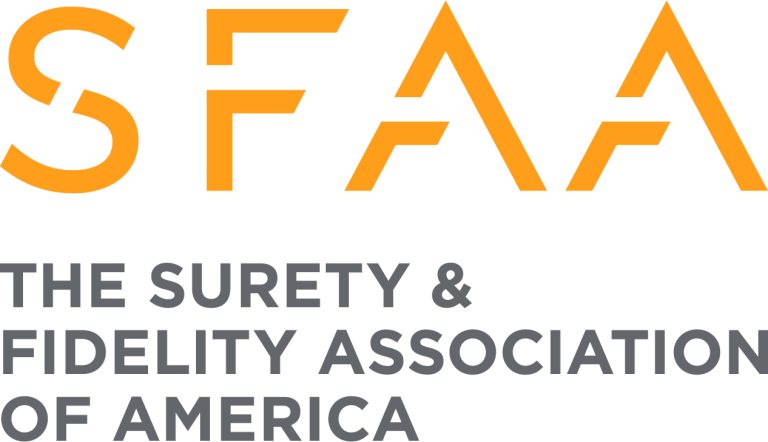
If your grocery bill feels like it’s been getting out of hand lately, you’re certainly not alone — especially if you live in Nevada.
A recent LendingTree analysis of USDA and U.S. Census data shows that Nevada households now spend an average of $10,390 annually on groceries. That’s more than $2,000 more than the national average of $8,167, and food inflation isn’t helping.
Don’t miss
- I’m 49 years old and have nothing saved for retirement — what should I do? Don’t panic. Here are 5 of the easiest ways you can catch up (and fast)
- Gain potential quarterly income through this $1B private real estate fund — even if you’re not a millionaire. Here’s how to get started with as little as $10
- You’re probably already overpaying for this 1 ‘must-have’ expense — and thanks to Trump’s tariffs, your monthly bill could soar even higher. Here’s how 2 minutes can protect your wallet right now
Nevada spends the fourth-highest amount on groceries, behind only Utah, Alaska and Hawaii.
Nevada and Utah also spend the second highest share of household income on groceries (10.1%), behind only Idaho (10.4%).
Kitchen staples like mini sweet peppers have sky-rocketed in price by as much as 99% in some instances, while the price of avocados rose by up to 75%, forcing families to rethink their entire approach to grocery shopping.
Here’s how Nevada families are adapting.
Shoppers feeling the sting of higher prices
According to the analysis, grocery bills are a whopping 27% higher in Nevada than the national average, so shoppers are second-guessing what they pick up at the store.
"There’s a lot of stuff that I don’t buy anymore because I won’t pay for it. Like chips, I don’t buy chips anymore," Anna Marie Hyatt, a Las Vegas resident told KTNV ABC 13 News. "I am not going to spend 6 bucks on a bag of chips. "
While shopping at her local Smith’s near Desert Inn and Decatur, Hyatt told ABC 13 News that she and her husband hit the grocery store weekly, but lately, each trip feels more painful. Like many Nevadans, she’s watching prices climb higher with every checkout total.
"Up, up, up, it’s about all I could say, it’s up," said Hyatt. "Whoever has the cheapest price, that’s where I am going to buy it," she said.
According to LendingTree’s analysis, organic groceries continue to carry a hefty premium, with half of them costing shoppers more than 50% more on average compared to their conventional counterparts.
In some cases, such as with iceberg lettuce and Brussels sprouts, shoppers are paying more than double the average price.
Roughly one in four organic items reviewed in the study cost at least 75% more. But the overall price increases of organic versus conventional groceries were similar year over year, at 2.4% and 2.5%, respectively.
When you consider that American households are spending an average of 7.4% of their household income on groceries, according to LendingTree, every dollar counts.
Read more: Want an extra $1,300,000 when you retire? Dave Ramsey says this 7-step plan ‘works every single time’ to kill debt, get rich in America — and that ‘anyone’ can do it
Nevadans tighten grocery budgets, but at what cost?
With high food prices, families are stretching every dollar they can.
To cut costs, many households are buying in bulk, trading brand names for generics and planning meals with military-like precision.
Store apps and loyalty programs are also getting a workout as shoppers hunt for deals. And with more of the paycheck going to groceries, non-essentials like dining out, streaming subscriptions and even weekend getaways are on the chopping block.
But for some, trimming the budget isn’t enough. Some short-term survival tactics may be keeping fridges full, but they’re also setting the stage for serious financial consequences down the line.
According to a study by Urban Institute, about six in 10 adult shoppers are swiping credit cards at the grocery store just to get through the week — and 20% aren’t paying off the full balance.
That temporary relief can come at a steep price if balances begin to snowball. The average credit card APR is now hovering around 21.37%, making any unpaid groceries a costly burden in the months to come.
Emergency funds are also being drained. What used to be a safety net for surprise car repairs or medical bills is now being used for milk, eggs and gas. Once that cushion is gone, families are just one unexpected expense away from what could be a major financial blow.
The squeeze could be forcing some folks to hit pause on major life goals. Homeownership, for instance, is getting further out of reach, as more than eight in 10 Nevada households wouldn’t be able to afford the median home price in the current market, according to Nevada Housing Now.
However, emergency rental aid is available through local and state initiatives and nonprofits like Three Square and Catholic Charities of Southern Nevada are expanding food assistance programs in the state. The nations SNAP program could also help more Americans put food on the table if policymakers broaden eligibility for benefits.
The challenge for Nevadans, and other shoppers struggling with grocery prices, is to survive today’s high prices without sacrificing tomorrow’s financial health.
What to read next
- Millions of Americans now sit on a stunning $35 trillion in home equity — here’s 1 new way to invest in responsible US homeowners while targeting a 14%-17% IRR
- Robert Kiyosaki warns of a ‘Greater Depression’ coming to the US — with millions of Americans going poor. But he says these 2 ‘easy-money’ assets will bring in ‘great wealth’. How to get in now
- Here are 5 ‘must have’ items that Americans (almost) always overpay for — and very quickly regret. How many are hurting you?
This article provides information only and should not be construed as advice. It is provided without warranty of any kind.


